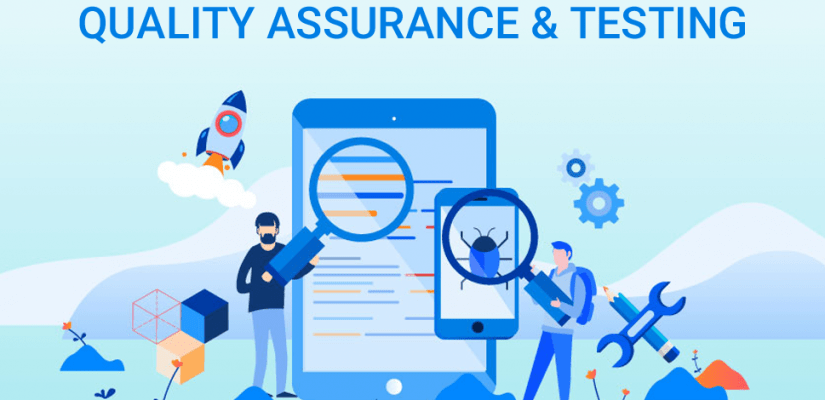Introduction
In the software development life cycle, functional Testing is a necessary quality assurance (QA) process to ensure that the software functions as intended. Functional Testing is a type of black-box Testing where the system’s functionality under test is examined by simulating user input and verifying the output. It can be performed manually or via automated tools.
What is Functional Testing?
Functional Testing ensures that the software works as expected before it is released to the user. Functional Testing aims to verify whether the system under test can do what it was designed for. As end-to-end Testing, a functional test could be anything from a single form or input field on a web page to an entire business process. It is important to note that functional Testing is not intended to find defects but to verify that the system works as intended. However, if any defects are found, they need to be fixed before the software is released.
Who performs Functional Testing?
Either manual testers or automated tools can do functional Testing. However, using automation tools is preferred because it is faster. And more efficient than manual Testing.
Critical steps in Functional Testing
Functional Testing has multiple vital steps that need to be performed before releasing the software into production. These steps are typically carried out by an automated tool which includes test case design, test execution, result tracking, and reporting.
- Test case design: The first step is to design the test cases used to verify the system’s functionality. The test cases need to be prepared to cover all aspects of the system under test.
- Test Execution: Once the test cases are designed, they will need to be executed and tracked for any errors or failures.
- Result tracking and reporting: The third step is to track the results of the tests and generate reports. This will help in identifying any defects that need to be fixed before releasing the software into production.
- Reporting: At the end of every testing session, results are typically presented in reports for analysis by different stakeholders.
What Functional Testing is NOT?
Functional Testing is not the same as load, performance or stress Testing. And it also does not include unit tests that test individual components of an application. Load, performance and stress testing verify that the system can handle increased user volume with good response times. While unit tests are intended to test the functionality of single components, functional tests are designed to test the system’s functionality as a whole.
What tools can be used to perform Functional Testing?
Several commercial and open-source tools can be used for functional Testing. Given below is a list of popular tools:
- Selenium – Selenium is an open-source flexible automated Testing tool for web applications.
- QTP (Quick Test Professional) – QTP is a popular commercial automated testing tool for functional Testing.
- JMeter – JMeter is an open-source Java-based tool used for load and performance testing.
- SpiraTest – SpiraTest is a commercial tool used for functional and regression Testing.
What are the benefits of Functional Testing?
Functional Testing helps ensure that the system works as intended. And provides a greater level of assurance before releasing the software into production. Another benefit is that it can be automated using tools, making it faster. And more efficient than manual functional Testing.
What are the risks associated with not performing Functional Testing?
One of the risks of not performing functional Testing is that the software may not work as intended when it is released to the user. And this could lead to a negative customer experience and lost revenue. Functional Testing should be considered an essential part of the software development process to avoid these risks.
Final thoughts on Functional Testing
Functional Testing is a crucial step when it comes to verifying that the software you are developing works. It demonstrates that the system functions as intended. And ensures that end users have a good experience with your product.
It is important to note that functional Testing is not intended to find defects but to verify that it works as expected. Corrective actions may still be required even if the functional Testing passes since some defects can only be identified when the application is placed in a production environment.
Functional Testing has multiple vital steps that need to be performed before releasing the software into production. These steps are typically carried out by an automated tool which includes test case design, test execution, result tracking. And reporting.
Why us?
We are a leading software testing company with over years of experience in providing functional testing services. We have a team of experienced testers who can help you verify the system’s functionality. And ensure a good user experience. We will ensure that your software works as intended. And delivers a great user experience.
Our testers follow Agile and SCRUM methodologies and work in collaboration with you to achieve agreed-upon goals. Contact us now!

















